Related Research Articles

A retail cashier or simply a cashier is a person who handles the cash register at various locations such as the point of sale in a retail store. The most common use of the title is in the retail industry, but this job title is also used in the context of accountancy for the person responsible for receiving and disbursing money or within branch banking in the United Kingdom for the job known in the United States as a bank teller.

The Chief Cashier of the Bank of England is the person responsible for issuing banknotes at the Bank of England and is the director of the divisions which provide the Bank of England's banking infrastructure. This person is known to the general public because since 1870 the Chief Cashier's signature is printed on all bank notes issued by the Bank of England. In 2004 a new post was created, Executive Director of Banking & Chief Cashier, incorporating the title.
A Deputy Governor of the Bank of England is the holder of one of a small number of senior positions at the Bank of England, reporting directly to the Governor.
Victoria Mary Florence Cleland is a British banker. She was the Director for Banknotes and Chief Cashier of the Bank of England, a position she held from March 2014 until 1 June 2018 when was replaced by Sarah John. She is the second woman to hold the post of Chief Cashier. She replaced Chris Salmon when he was appointed as Executive Director for Markets at the Bank of England. As of 2024 she is currently the Executive Director for Payments for the Bank of England
John Kendrick was the first Chief Cashier of the Bank of England.
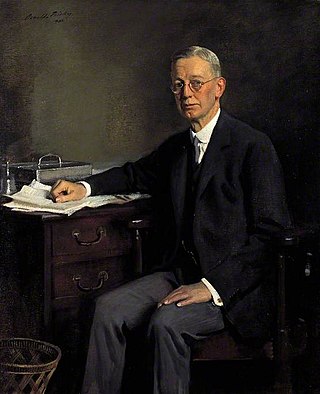
Sir Ernest Musgrave Harvey, 1st Baronet, KBE, (1867–1955) was the Chief Cashier of the Bank of England from 1918 to 1925. Harvey was replaced as Chief Cashier by Cyril Patrick Mahon. He was Deputy Governor 1929 to 1936.
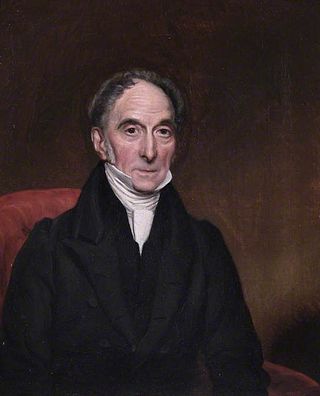
Thomas Rippon (1760–1835) was the Chief Cashier of the Bank of England from 1829 to 1835. Rippon was replaced as Chief Cashier by Matthew Marshall.
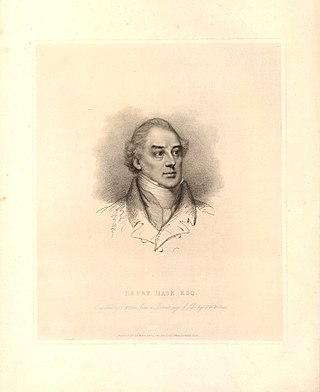
Henry Hase was the Chief Cashier of the Bank of England from 1807 to 1829. Hase was known as "the reluctant cashier" and appointed after Robert Aslett was discovered to have embezzled £500,000. Hase was replaced as Chief Cashier by Thomas Rippon.
Sir Gerard Conyers was an English banker and Lord Mayor of London.
Bryan Benson was Governor of the Bank of England from 1735 to 1737. He had been Deputy Governor from 1733 to 1735. He replaced Horatio Townshend as Governor and was succeeded by Thomas Cooke.
Thomas Cooke was an English merchant and banker. He was Governor of the Bank of England from 1737 to 1740. He had been Deputy Governor from 1735 to 1737. He replaced Bryan Benson as Governor and was succeeded by Delillers Carbonnel.
Delillers Carbonnel was an English banker who was Governor of the Bank of England from 1740 to 1741.
William Ewer was an English merchant, banker and politician who sat in the House of Commons between 1765 and 1789.
Daniel Giles was a London merchant and banker, the son of Huguenot immigrant parents.
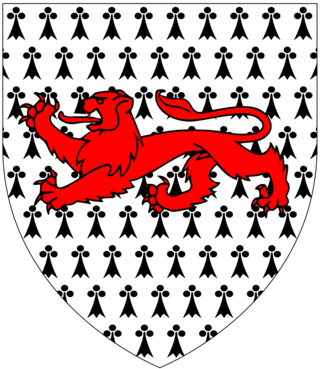
Samuel Drewe (1759–1837) of Kensington in Middlesex, was Governor of the Bank of England from 1828 to 1830. He had been Deputy Governor from 1826 to 1828. He replaced John Baker Richards as Governor and was succeeded by John Horsley Palmer.
James Pattison was Governor of the Bank of England from 1834 to 1837. He had been Deputy Governor from 1833 to 1834. He replaced Richard Mee Raikes as Governor and was succeeded by Timothy Abraham Curtis.
Sheffield Neave (1799–1868) was an English merchant and Governor of the Bank of England from 1857 to 1859.
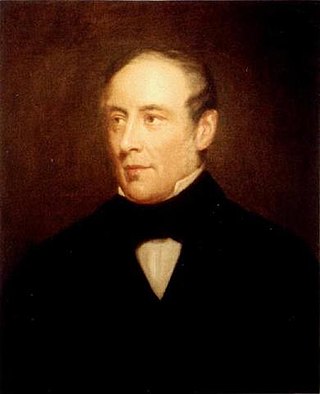
Alfred Latham (1801–1885) was an English businessman and banker, born in Camberwell to Thomas Latham (1746–1818), a merchant and plantation owner, and his wife, Ann Jones. Inheriting wealth, Latham went into business in 1824, and went into partnership in what became the Arbuthnot Latham bank in 1833, with John Alves Arbuthnot (1802–1875).
The Bank of England £100,000,000 note, also referred to as Titan, is a non-circulating Bank of England sterling banknote used to back the value of Scottish and Northern Irish banknotes. It is the highest denomination of banknote printed by the Bank of England. As both Scotland and Northern Ireland have banknotes issued by particular local banks, the non-circulating notes provide the essential link between those banknotes and that of England and Wales, and security if a local issuing bank were to fail.
Thomas Speed may refer to:
References
- ↑ Lawson, William John (1852). The History of Banking: With a Comprehensive Account of the Origin, Rise, and Progress of the Banks of England, Ireland, and Scotland. Gould and Lincoln. p. 42.
- ↑ "Chief Cashiers". Bank of England. 1 June 2018. Retrieved 3 September 2019.